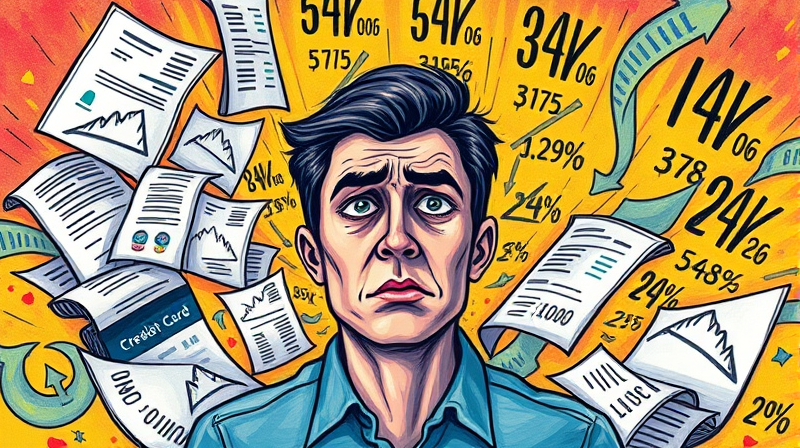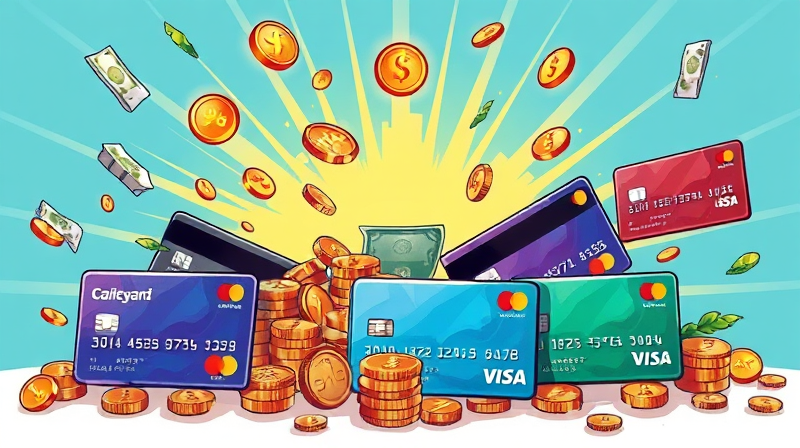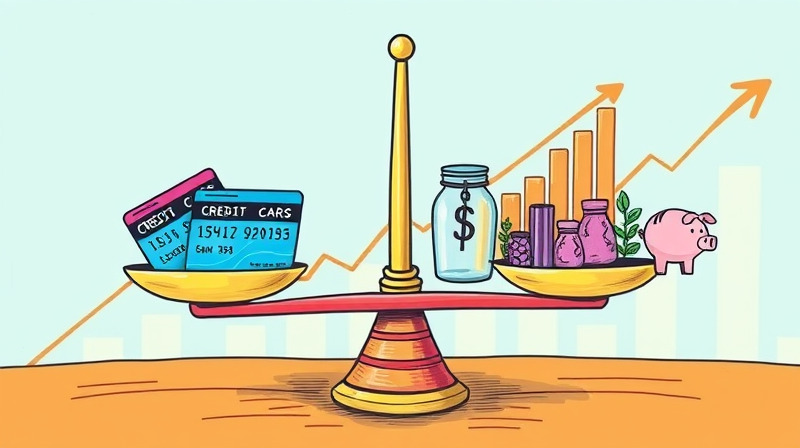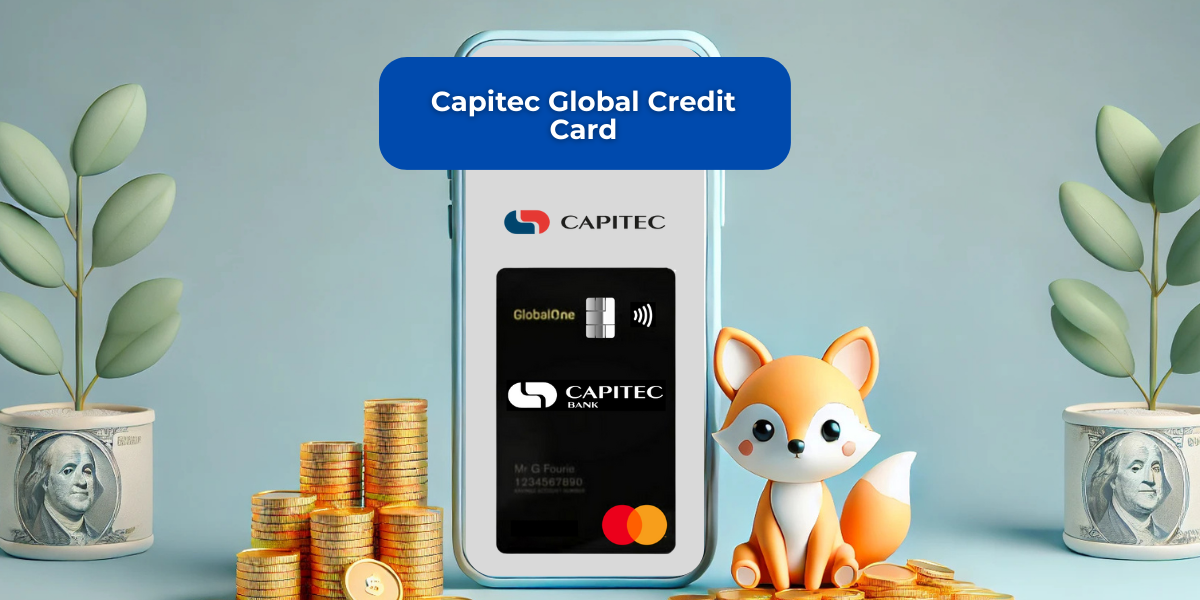Credit cards offer convenience and rewards, but the ease of swiping plastic can mask a more serious expense: the interest that accumulates when balances aren’t paid in full. Many cardholders remain unaware of how quickly interest compounds, transforming manageable purchases into long-term financial burdens.
In this comprehensive guide, we’ll demystify credit card interest, examine why rates remain high, and offer practical strategies to minimize the cost of credit. By understanding the mechanics behind the numbers, you can make informed decisions and regain control of your finances.
What Are Credit Card Interest Rates and How Are They Calculated?
Credit card interest represents the fee charged by issuers for borrowing money, typically expressed as an annual percentage rate (APR). This rate can be variable, adjusting according to the Federal Reserve’s prime rate plus a fixed margin set by the issuer. As the prime rate moves, most consumers will see their card APRs shift, often upward.
The calculation is deceptively simple at first glance. Issuers divide the APR by 365 to arrive at a daily rate. For example, a 16% APR becomes a daily interest rate of APR divided by 365, roughly 0.044%. A $500 balance would incur about $0.22 in interest on the first day. Because interest compounds, each day’s balance grows slightly, further increasing subsequent charges.
Current and Historical Credit Card Interest Rates
Credit card rates have climbed in recent years, hovering well above pre-pandemic levels. As of March 2025, the median advertised credit card interest rate stood at 24.20% APR, while Federal Reserve data for Q1 2025 showed average APRs of 21.37% for all cards and 21.91% for those actually accruing interest.
In 2024, advertised APRs fluctuated between a low of 20.27% in December and a high of 20.79% in August. Despite cuts to benchmark rates by the Fed, issuers have been reluctant to pass savings fully on to consumers, leaving many cardholders stuck with steep borrowing costs.
Why Are Credit Card Rates So High?
Multiple forces converge to keep credit card APRs elevated, challenging consumers striving to pay down debt. Key reasons include:
- Federal Reserve policy: As the Fed raises its benchmark rates to combat inflation, card APRs often follow. When the Fed later cuts rates, issuers may be slow—or choose not—to reduce consumer APRs.
- Inflation and risk: Lenders inflate rates to maintain the real value of borrowed funds and to protect against the erosion of returns caused by rising prices.
- Delinquency rates: Higher instances of late or missed payments prompt issuers to raise rates across their portfolio to offset expected losses.
- Profit margins: In uncertain economic climates, issuers secure higher returns on revolving balances to cushion against volatility.
The Real Cost of Carrying a Balance
Nearly half of U.S. credit cardholders carry a balance each month, exposing themselves to relentless interest charges that compound daily. Consider this scenario:
If you maintain a $1,000 balance at a 24% APR and make only the minimum monthly payment, you could end up paying hundreds of dollars in interest over the course of a year. That extra cost often extends repayment by months or even years.
Even at a lower 16% APR, a $500 balance will grow to $506.60 after one month with no additional charges. Over time, small daily additions become significant, turning modest purchases into a heavy financial load.
Factors Affecting Your Individual Credit Card Interest Rate
Your personal APR is not solely determined by market conditions. Individual factors play a crucial role:
- Creditworthiness: Consumers with higher credit scores typically qualify for the lowest rates, while subprime borrowers face substantially steeper APRs.
- Card type and features: Reward and cashback cards often carry higher APRs to offset the value of the perks offered. Introductory "teaser" rates can revert sharply once the promotional period ends.
- Market competition: During periods when issuers vie for new customers, you may see more attractive low-rate offers, only for rates to climb back up once competition wanes.
How to Reduce or Manage Credit Card Interest
Escaping the high-interest trap requires proactive steps. Consider these strategies:
- Improving credit scores: Timely payments, low credit utilization, and a clean payment history can unlock access to cards with significantly lower APRs.
- Paying balances in full: The most effective way to avoid interest is to clear your statement balance each month. Even small overages can climb quickly under compounding charges.
- Balance transfer offers: Moving high-interest debt to a card with promotional low (or 0%) rates can buy you time to reduce principal without new interest accruing.
- Debt reduction plans: Prioritizing higher-APR balances, consolidating multiple debts, or enrolling in a credit counseling program can help streamline repayment and lower overall costs.
Forecast: Where Are Credit Card Rates Headed?
Looking ahead, forecasters predict a modest easing in average APRs. If the Federal Reserve enacts three quarter-point cuts in 2025, we could see a slight dip in average APRs to approximately 19.8%. Yet, this relief will likely be incremental, leaving rates elevated compared to historical norms.
Even with marginal declines, cardholders carrying balances should prepare for persistently high costs. Maintaining healthy credit habits and exploring lower-rate options remain essential tactics to mitigate the burden of revolving debt.
Understanding the true cost of credit card interest is the first step toward financial empowerment. By recognizing how rates are determined, tracking compounding effects, and deploying targeted strategies to manage balances, you can transform credit cards from potential pitfalls into effective financial tools.
References
- https://libertystreeteconomics.newyorkfed.org/2025/03/why-are-credit-card-rates-so-high/
- https://www.cbsnews.com/news/why-credit-card-rates-are-so-high-now-what-to-do-about-it/
- https://www.bankrate.com/credit-cards/news/credit-card-rates-forecast/
- https://www.investopedia.com/average-credit-card-interest-rate-5076674
- https://www.cbsnews.com/news/will-credit-card-interest-rates-drop-soon-experts-weigh-in/
- https://www.lendingtree.com/credit-cards/study/average-credit-card-interest-rate-in-america/
- https://www.investopedia.com/articles/01/061301.asp
- https://www.americanactionforum.org/insight/credit-card-interest-cap-the-plan-to-debank-the-most-financially-vulnerable/










